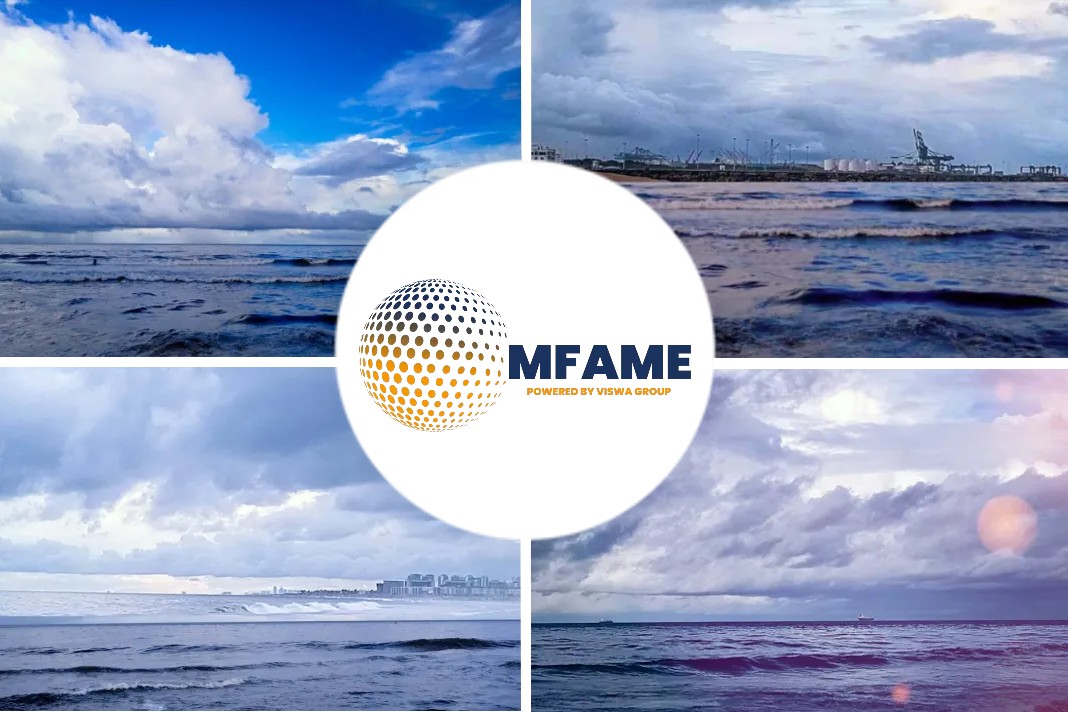- BW Gemini, the world’s first VLGC to be retrofitted with LPG dual-fuel propulsion, completed loading at Enterprise Terminal in Houston.
- The VLGC had completed its “historic” crossing of the Pacific Ocean on LPG propulsion.
BW LPG Limited, in their press release, announced that BW Gemini, the world’s first VLGC to be retrofitted with pioneering LPG dual-fuel propulsion technology, had successfully completed her historic crossing of the Pacific Ocean on LPG propulsion.
The vessel also completed her loading at Enterprise Terminal in Houston on 14 December, owner BW LPG confirmed.
A record load of cargo
BW Gemini is carrying a record load of 49,000 metric tons of LPG on a single keel. As the vessel refueled while loading and no additional bunkering was needed, it proceeded on its voyage. This turnaround translates to an increase in the vessel’s commercial availability for customers.
On the back of BW Gemini’s successful retrofitting and first voyage, and the company’s belief in the future of the fuel, BW LPG has committed an additional three VLGCs for retrofitting, bringing the total commitment to 15 vessels and a combined cost of approximately $130 million.
Zero-carbon solution
Anders Onarheim, CEO of BW LPG, said: “We are taking the lead and advancing technology that will allow us to decarbonize and maximize the value of an asset with a 20-year lifespan as we prepare for a zero-carbon solution.”
“Building new ships can provide the benefits of operating with LPG but comes at a heavy cost. Counting total emissions, a new ship represents about 70,000 tons of carbon dioxide in the materials and building process,” he added.
Compared to 2,000 tons of carbon dioxide for retrofitting, the sustainability outcome is much better from retrofitting than from building new vessels.
Carbon neutral fuels
The company added that LPG propulsion technology was a necessary and complementary step towards the use of zero-carbon fuels such as ammonia.
As for the BW Gemini, the retrofitting process of the vessel was completed at the Yiu Lian Dockyard in Shenzhen, China. The process took approximately 60 days and is estimated to have emitted 2,060 tons of carbon dioxide. It kicked off its week-long sea and gas trials in late October.
Did you subscribe to our daily newsletter?
It’s Free! Click here to Subscribe!
Source: BW LPG
















